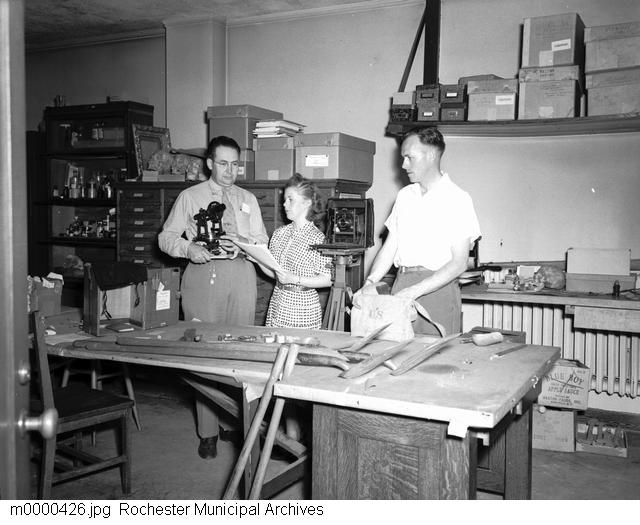In 1927, the Folsom site in New Mexico, which contained the distinctive fluted stone points of the same name directly associated with an extinct species of bison, was identified by archaeologists as the first Paleoindian site. In conjunction with the similar, but earlier, Clovis fluted points found at Blackwater Draw a few years later, these two sites provided clear evidence that humans had been present in the United States since the end of the Pleistocene.
As these discoveries became publicized and archaeologists looked for more examples of early sites, it soon became apparent that fluted points had been found in many states by amateur antiquarians, often as surface finds. Without good contextual data, however, no one had realized how old these points actually were.
In 1929, Vermont collector Benjamin Fisher read an article about the Folsom site in the New York Herald Tribune. He immediately wrote a letter to the scientist mentioned in the paper, Barnum Brown, at the American Museum of Natural History:
